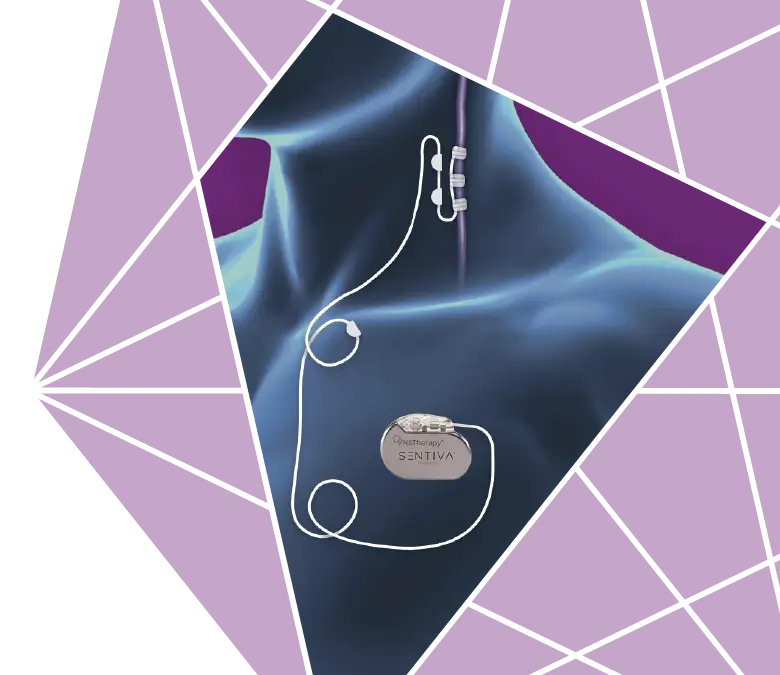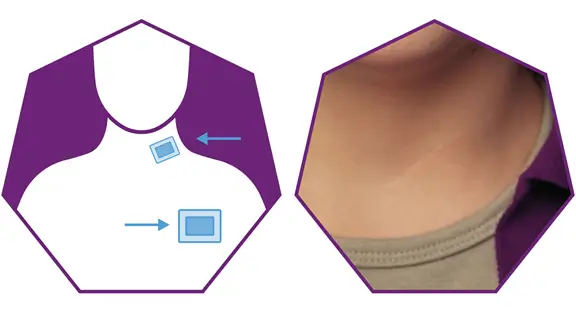The most common side effects of VNS Therapy™ include:
Hoarseness
Shortness of breath
Sore throat
Coughing
These side effects generally only occur during stimulation and usually decrease over time. The most common side effect of the surgical procedure is infection.
Talk to your physician about warnings, precautions, side effects, and hazards. Ask about risks that you should know about as well as any other issues that might be appropriate to discuss, such as status epilepticus and sudden unexpected death in epilepsy. You can find more safety information here.







